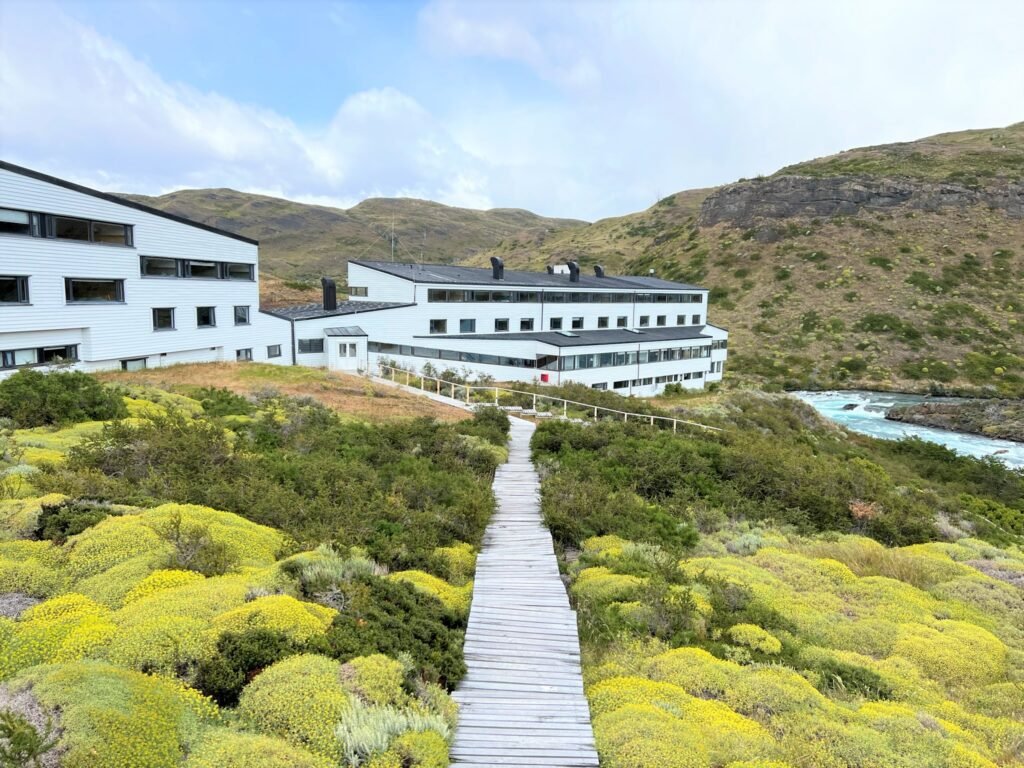Embarking on an Adventure: A Comprehensive Guide to Exploring Patagonia
Spanning the borders of Chile and Argentina, Patagonia beckons adventurers to its awe-inspiring landscapes that feel like the edge of the world. National parks in both countries boast a mesmerizing display of snow-capped mountains, cobalt fjords, ancient forests, and the dramatic spectacle of massive glaciers calving icebergs at the southernmost tip of the Americas.

The standout attractions of Torres del Paine National Park in Chile and Los Glaciares National Park in Argentina draw hundreds of thousands of visitors annually. For a truly immersive Patagonian experience, exploring both parks is highly recommended, but such a journey necessitates thorough logistical planning, especially during peak seasons. This guide aims to provide you with comprehensive insights to help you make the most of your adventure in this beautifully remote corner of the planet.
Read also: Hotel Debuts in Costa Rica: Andaz Peninsula Papagayo
When to Go

While many accommodations in Patagonia operate year-round, certain amenities and activities may be limited during the winter months (April to September) in the Southern Hemisphere. To enjoy pleasant weather without the bustling crowds, consider visiting during spring, when vibrant flowers adorn the landscapes, or fall, when the foliage transforms into a breathtaking tapestry of red, orange, and yellow hues.
The summer months (December to February) offer the mildest weather, but it’s essential to note that temperatures can still hover below 70 degrees, and strong winds are prevalent. Patagonia’s weather is notoriously unpredictable, especially in spring and early summer, where sudden fluctuations and storms from the Pacific can disrupt plans. To account for such uncertainties, it’s advisable to build some flexibility into your schedule, allowing for additional days in case of adverse weather conditions.

































